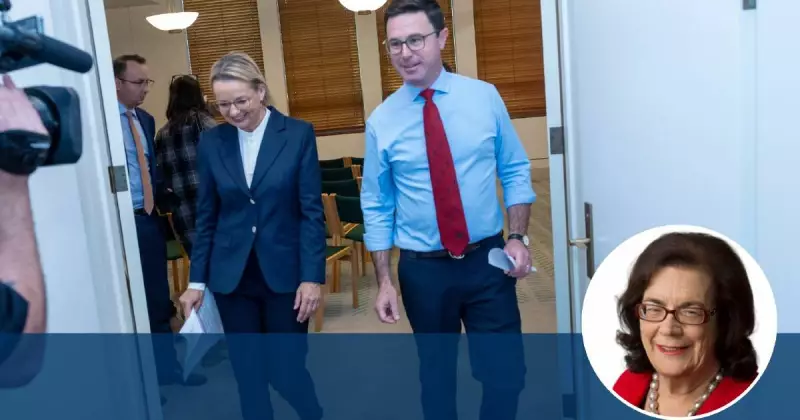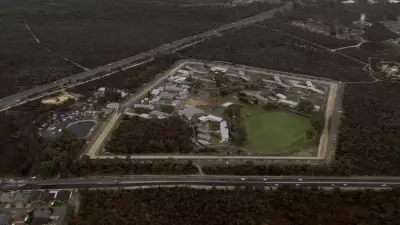
The Australian Liberal Party has formally abandoned its commitment to the net zero by 2050 emissions target, in a move that political analysts warn could further alienate the very voters the party needs to regain electoral relevance.
A Triumph of Ideology Over Pragmatism
In what mirrors the ideological battles within the Labor Party during the 1960s, Liberal conservatives have successfully pressured their party to dump the climate target despite clear warnings about the political risks. The decision comes after internal research presented by Liberal federal director Andrew Hirst identified net zero as a proxy for climate action among Australian voters.
Hirst told Wednesday's party meeting that abandoning the commitment represented high-risk politics, but conservative members proceeded regardless. The leadership attempted damage control with a compromise position: while the formal commitment is gone, achieving net zero would be considered a welcome outcome if it happened.
Electoral Consequences for the Liberals
The political fallout could be significant for a party already struggling with voter support. The Coalition currently sits at a 24 per cent primary vote in Newspoll, with most analysts believing the Liberals cannot return to power for at least two election cycles.
Former Bradfield candidate Gisele Kapterian, who narrowly lost the traditionally Liberal seat to a teal independent, warned party members that retreating from net zero was an electoral liability. In an email to Liberals, she described how her experience campaigning revealed that credible climate policy was essential for winning back urban and suburban seats.
The decision particularly risks alienating young voters, women, and urban dwellers - demographics where the Liberals already trail significantly. With the party holding hardly any urban seats and teal independents consolidating their positions, the net zero reversal sends a clear message of rejection to these constituencies.
Leadership Vacuum and Internal Divisions
Opposition Leader Sussan Ley struggled to explain the policy's contradictions during her Thursday news conference, having declined to express a personal view during Wednesday's party meeting. Energy spokesman Dan Tehan also appears out of his depth in defending the new position.
The divisions within the party remain stark, with moderates and conservatives having publicly expressed conflicting views for weeks. Meanwhile, Nationals MPs, led by Barnaby Joyce, have emerged with a clear victory in steering Coalition policy.
Michelle Grattan's analysis draws parallels with Gough Whitlam's leadership of the Labor Party after their 1966 election defeat. Unlike Whitlam, who imposed his will on the party, Ley has chosen to go with the flow to preserve her leadership - a position many Liberals see as temporary regardless.
The conservative wing now effectively controls the Liberal Party, with prominent women including Jacinta Nampijinpa Price, Sarah Henderson and Jessica Collins forming the vanguard. The challenge for any future conservative leader will be appealing to a progressively-minded Australian electorate that shows no signs of shifting rightward.





